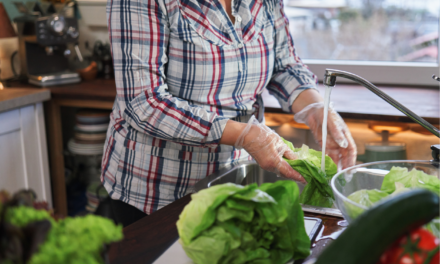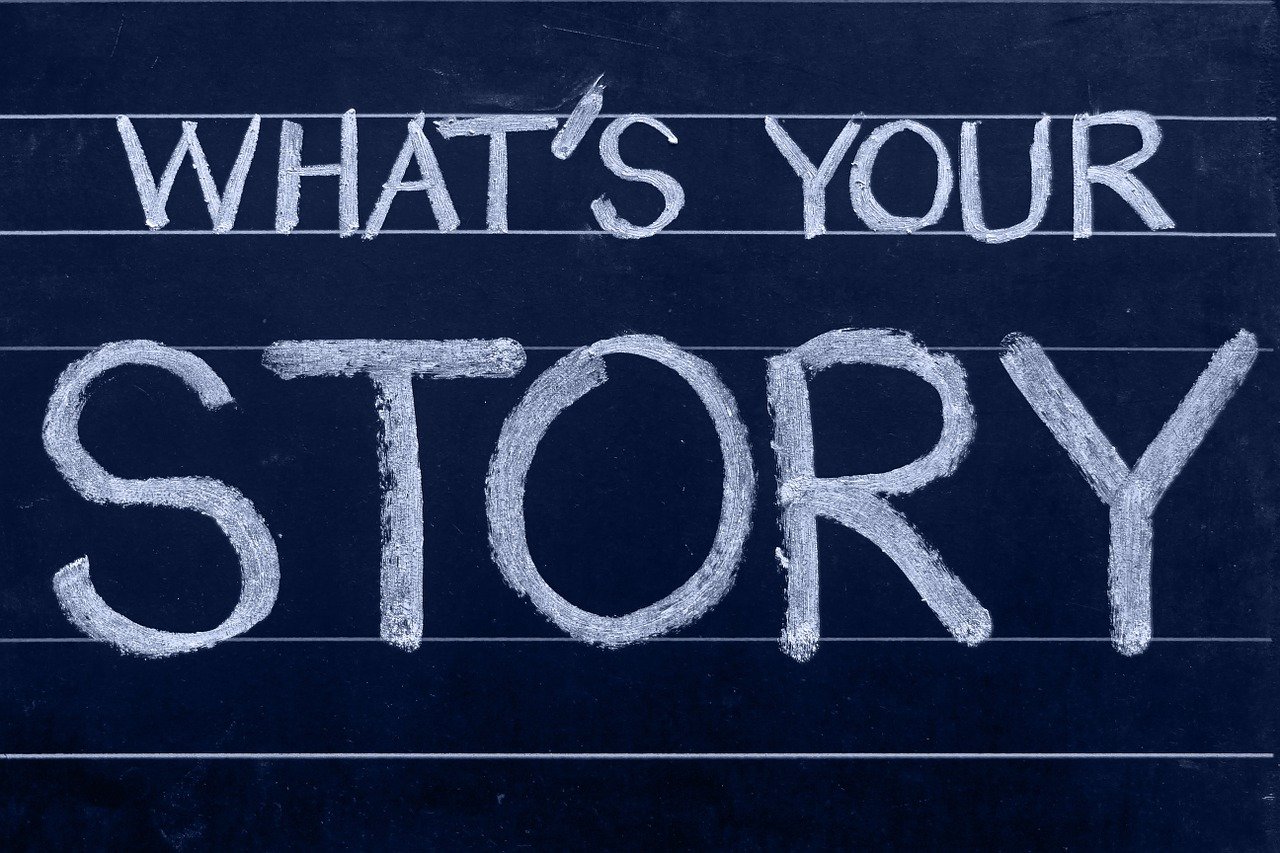Thirty-five years ago when my mother was admitted to a military hospital (and placed on the pediatric floor as the only available bed), I didn’t know that day would change my life forever. With an inconsolable six-month old in the next room crying alone in his crib (while both of the military parents were working), we soon ascertained that the only way we could help console that infant was for me to volunteer for American Red Cross. So my mother sent me downstairs to sign up!

Geneva went to night school and got her GED after her children were almost all grown. Next, she started college. Then in 1978, she got her nursing degree and license as a LPN-Licensed Practical Nurse.
Geneva went to night school and got her GED after her children were almost all grown. Next, she started college. Then in 1978, she got her nursing degree and license as a LPN-Licensed Practical Nurse.
Mom was always a mover and a shaker. She was a WWII bride at the age of 16 years old and a supportive military wife, moving wherever the service might send Dad. But even after raising seven children, it was still hard for her to believe that she could be capable of fulfilling her life-long dream, to become a nurse. As their last child entered high school, she took the first step, getting her GED and worked toward that goal. Once she started nursing school, she found the call on her life, the applicability of prior mother-life experiences, and her servant’s heart had already paved that road, and soon she was a nurse.
s one of those seven children, personally I had been a sickly child. In fact, with a broken ankle at eight months, severe tonsillitis throughout my childhood, and hit by car at 13 years of age, my mother had plenty of opportunities to nurse me back to health. I was even in a house fire that resulted in devastating third degree burns to my feet and ankles at six years of age. Daily, we traveled 100 miles each way to the closest military base for bandage changes and removal of the decaying skin, to hopefully prevent infection. At the time, I thought those were pleasant trips, for I enjoyed being with my parents and the attention from the nurses and doctors once I arrived. But what I didn’t understand was why I had to be carried everywhere, for although the medical staff had already told my parents I would never walk again, no one had told me.
On the 21st day after the fire, when they started the process of peeling away the bandages, I started 27screaming in pain. All the doctors and nurses within ear-shot came running, and when they got there, they responded very curious indeed from my six-year old perspective: They all broke into unanimous applause! Unknown to me, up until that moment, there had been no hope, no indication of any feeling left in my feet or my ankles. In fact, everyone in the room knew there was no other explanation for what had just happened, except that God had miraculously healed me.
After I completed the volunteer training through the American Red Cross, the next couple of years I accompanied mothers through labor and birth, served in the newborn nursery, and helped moms with breastfeeding. It was amazing to learn from seasoned military nurses and become an integral part of that team. They even had childcare for the volunteer’s children!
From there I started serving in the community, becoming labor support for expectant mothers without partners. Afterwards, I started a business supporting families expecting twins, triplets, or quads, a natural fit since my husband and I had four children over four years, with twins right in the middle. At that point, I began to purposefully pursue certifications in the field of mother/baby care such as breastfeeding educator, childbirth educator, and eventually became an International Board Certified Lactation Consultant (IBCLC). Over the next decade, I spent 10,000 hours serving the multiples’ population in one of those roles.
After I supported one family through the loss of their multiples, I scoured the medical library to try and figure out what had happened. Ultimately, I began to write out of my grief and wrote a book, developing curriculum for families with multiple births that would one day become utilized at hospitals all across the United States, Preparing for Multiples: The Family Way.
In another instance, I was asked to train 40 friends and family members in the care of multiple babies left behind when a new mother unexpectedly died. At the end of that training, the pediatrician’s office nurse asked how long I had been a nurse. When informed that I wasn’t, she responded that while I might not have gotten the formal training yet, she already saw the heart of a nurse. It was the first time I ever heard that, but it wouldn’t be the last. In fact, again and again, God would send people into my life to reconfirm what He wanted me to do.
However, like my mom before me, even though I had much experience with caring for others, I still wasn’t confident in my ability to become a nurse. But I tried to start where Mom did, with the basics, so the next two summers, I signed up for college courses, but my fear of failure would take over, and I would drop them just before the first day of class. Finally the third summer, I signed up for nursing prerequisites, this time choosing 22 hours for that semester and never looked back. I prayed and asked God to help me pass Chemistry (which was required for the nursing degree), telling God that if I did, I would believe He wanted me to be a nurse. By the end of that semester, at the age of 43, I had excelled in all my classes and began to blossom in God’s calling to be a nurse. I finally realized the significance of past events, from my own illnesses and injuries, to all the roles in which I had served mothers and babies: There were all a part of my journey toward becoming a nurse. Within a few years, I would not only fulfill God’s call on my life to become a nurse, but the desire to mentor the next generation of nurses as a nurse educator!
While our experiences that lead Mom and I into nursing were unique, as a nursing school instructor for the last decade, I have seen a common thread amongst second-career nursing students: The power given to those who overcome fear of failure, struggles, and even crisis to finally accept the call on their life to provide compassionate care as a nurse. One study’s findings concurred with our experiences: “The challenges perceived by second-career students were dominated by fears of failure…” but they came into this field “primarily motivated by factors such as a sense of empathy” (Montgomery, 2015, p. ii).
Montgomery further pointed out in his article that Clara Barton who served in the American Civil War was herself also a second-career nurse. In fact, Clara, with all of her drive and compassion, care and calling, would eventually form the American Red Cross, the very organization that years later drew me healthcare.
Whatever the impetus, the call to become a nurse has been the integral thread consistently woven throughout the students I’ve had the privilege to teach, whether second-career or first-career nurses. Maybe it was through a tragedy, the loss of a loved one to disease, from their own personal injury, or even the care of a nurse for one of their family members, but it left them with a desire to serve as a nurse. Answering that call to minister to others has made nursing, for the 15th year in a row, the Most Trusted Profession in America (American Nurses Association, 2016).
In closing, I’ll never forget the lessons learned while caring for one special mother/child dyad, a young mother who was finishing her perquisites for nursing school and her precious 6-year old son. He could neither walk nor speak, and the only way he could show his feelings was with a grunt or blink of his eyes. With these challenges present since birth, his gentle mother was at his bedside 24/7 attending to his needs, except for during her classes. Even though I was awkward and clumsy at even the simplest of task, she was so happy to assist a student nurse like me understand how to best provide care for her child. I applauded her for pursuing nursing school, exclaiming what a great nurse she was going to be. When I returned later in the shift to perform more of his bedside care, I began to weep as I saw the pain he was experiencing with even the slightest movement. I was crying for him and praying silently for him and all of the other children in that hospital in pain when I commented that I could never be a pediatric nurse and see little ones suffer so much. But the young mother replied very softly, “Oh no. Your obvious calling and compassion actually qualifies you to care for these little ones with such needs!”
I’ve never forgotten that lesson, for without the calling and compassion, true care isn’t even possible.
American Nurses Association. (2016, December 19). Nurses rank #1 most trusted profession for 15th year in a row. Retreived from http://www.nursingworld.org/FunctionalMenuCategories/MediaResources/PressReleases/Nurses-Rank-1-Most-Trusted-Profession-2.pdf
Montgomery, R. M. (2015). Motivations and perceived challenges of second career nursing students. Retrieved from https://search.proquest.com/openview/cc0e327c51534acc5e251e374aa0c050/1?pq-origsite=gscholar&cbl=18750&diss=y












